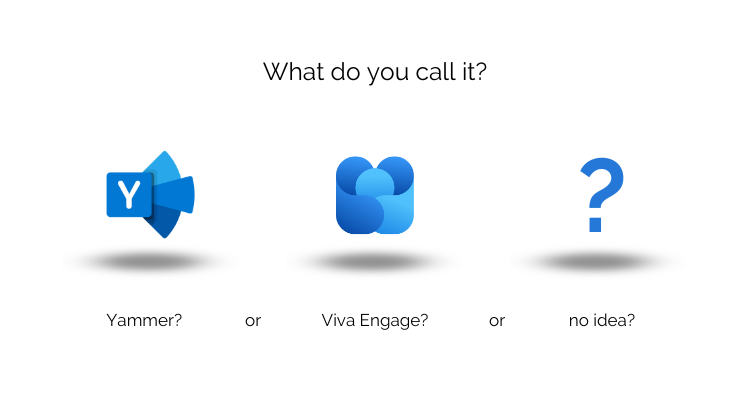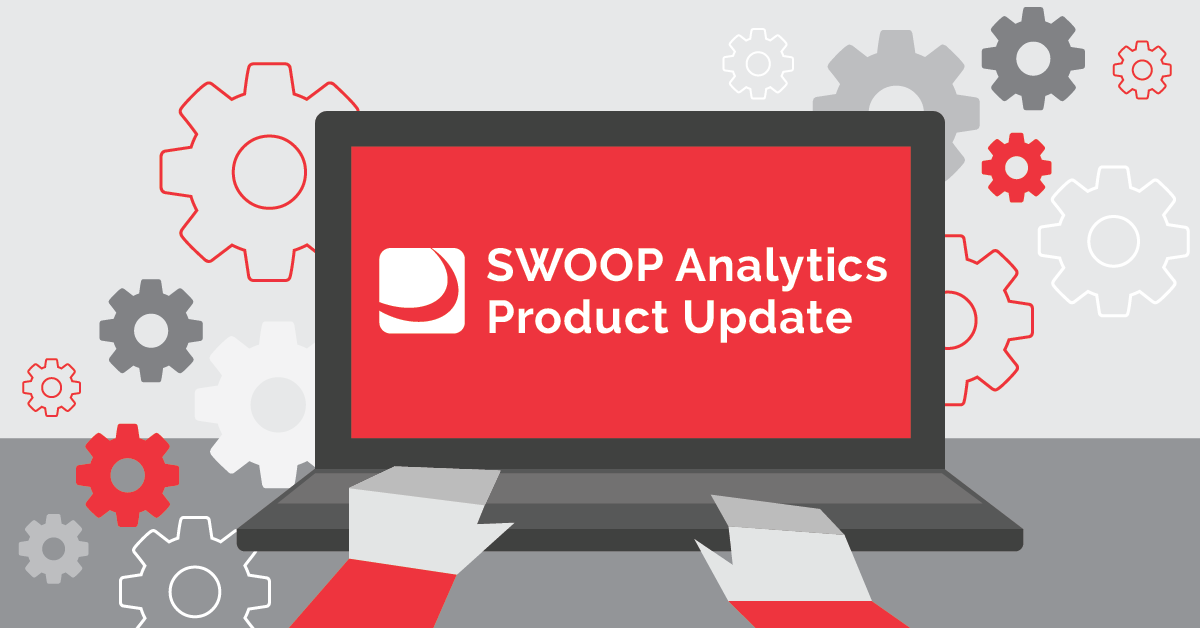
SWOOP Blog
Latest Articles
Blog Archive

The origins of SWOOP Analytics’ 1-2-3 rule for Viva Engage
How do you turn passive observers into active contributors on Enterprise Social Networks?
SWOOP Analytics developed the 1-2-3 rule - a simple but effective way to encourage participation.

Viva Engage or Yammer? Confusion continues to reign!
It’s been more than a year since Microsoft retired the name “Yammer” and rebranded the enterprise social network “Viva Engage”. Has the new name been embraced?

How to govern an Enterprise Social Network
How do you govern an internal social network such as Viva Engage and Workplace from Meta? We identify some of the touchpoints we’ve interacted with when rolling out an Enterprise Social Network (ESN).

How to deal with inappropriate posts on your internal communications channels
What do you do if someone posts something inappropriate on your Enterprise Social Network?
Gemma Saint explains how to moderate posts, issue warnings and remove posts if necessary.

The importance of having a dedicated person to facilitate your enterprise social network
Do you have a thriving online Enterprise Social Network where working out loud, knowledge sharing and asking the crowd is the norm? Or has your ESN been turned on and left to fend for itself?
If it’s the latter, it’s time to consider a dedicated community manager who can help breathe life into your ESN and nurture a successful online community.

Identification of Enterprise Social Network (ESN) Group Archetypes in ESN Analytics
With the proliferation of Enterprise Social Networks (ESN), the measurement of ESN activity becomes increasingly relevant. The emerging field of ESN analytics aims to develop metrics and models to measure and classify user activity to support organisational goals and outcomes. In this paper we focus on a neglected area of ESN analytics, the classification of activity in ESN groups.

Enterprise Social Networks: An Alternative to Major Cultural Change Programs?
I've written before about how we need to move beyond the ubiquitous “culture survey” into real-time digital sensing, where we draw cultural assessments from how employees actually behave online.

Do photos and videos spark conversation and engagement on enterprise social networks?
Does adding photos or videos to Enterprise Social Network posts create more engagement?

Peace Data Standard: A Practical and Theoretical Framework for Using Technology to Examine Intergroup Interactions
The current paper presents a theoretical framework for standardizing Peace Data as a means of understanding the conditions under which people’s technology use results in positive engagement and peace.

What Real-Time Collaboration Data Can Tell Us About Gender Diversity
Do men show an unconscious bias against women at work? Are men slower to respond to women in the workplace? Are women quick to respond because they feel they need to advance their own agendas, given that men still dominate senior management levels? The answers to those questions could reveal a dynamic in the workplace that could disadvantage women.

How You Can Benefit From Enterprise Social Middleware
I’ve been around long enough to recall a time when middleware was virtually non-existent. Then along came client-server computing and graphical user interfaces, and all of a sudden there was a huge demand to separate the backend engines from what we were seeing on the front end.

The Enterprise Social Network Graph Battle: Who Is Poised to Win?
Graphs have been around forever, but the internet has given them new life. It's refocused our attention on the use of graph concepts for information search as an option to traditional hierarchical taxonomic search.

Digital Hub Platforms Can Improve Enterprise Collaboration
Looking for the perfect digital hub? Then look in the camera. That’s right, the perfect digital hub is you.

The Smoke and Mirrors of Enterprise Social Networking Metrics
Carrie Basham Young issued an ominous warning to enterprise social network community managers in her 2013 CMSWire article. “It’s time to realize that the metrics and data displayed to you inside your analytics dashboard aren't creating value, and in fact, might be causing you harm," she wrote.

The Doctor Is In: Practicing Enterprise ‘Social Radiology’
As we become increasingly consumed in our digital world, a common question we hear is “does our online behavior mimic how we are offline?”










